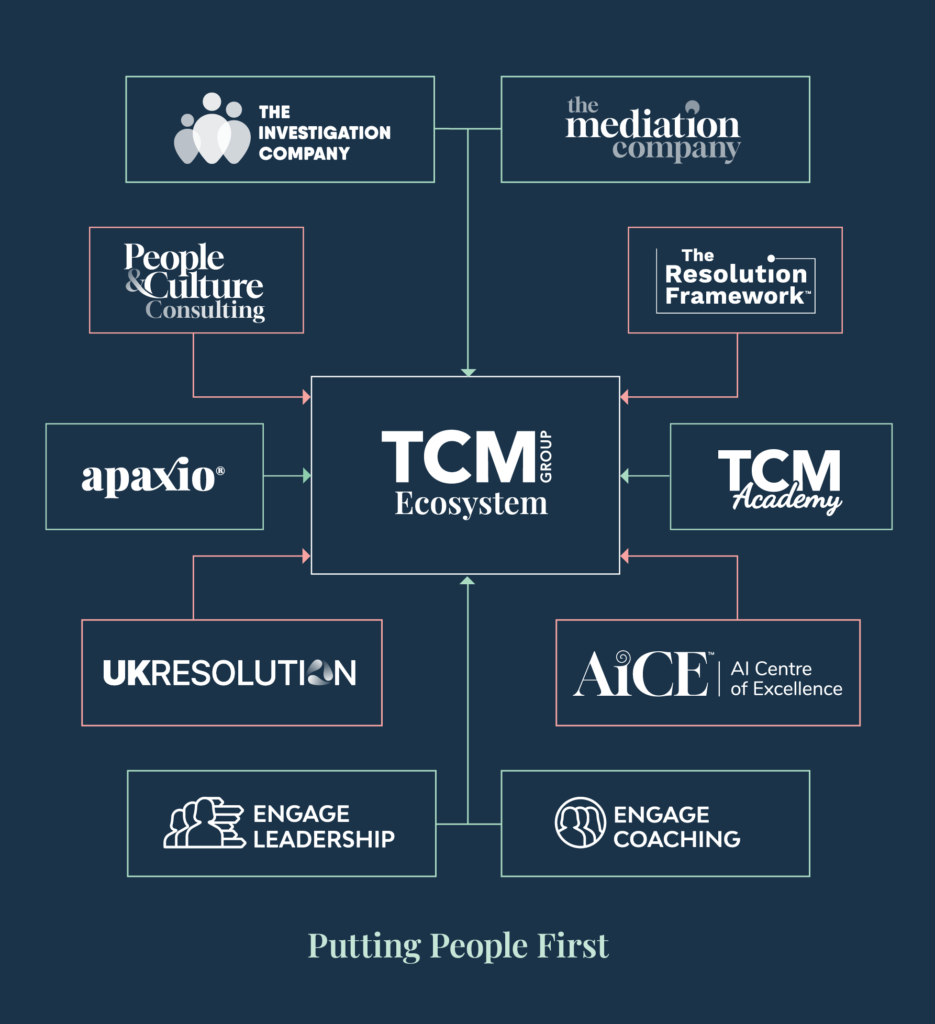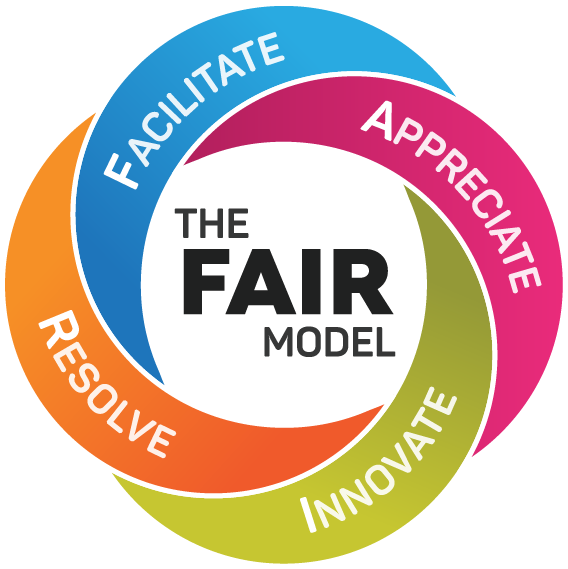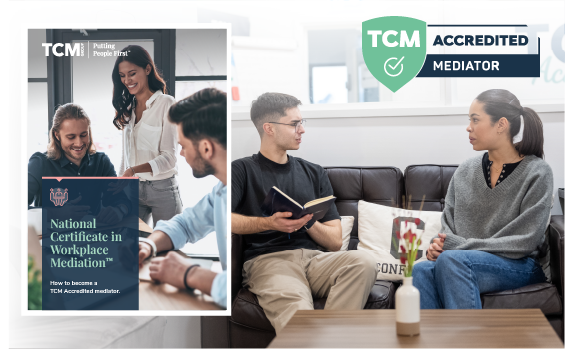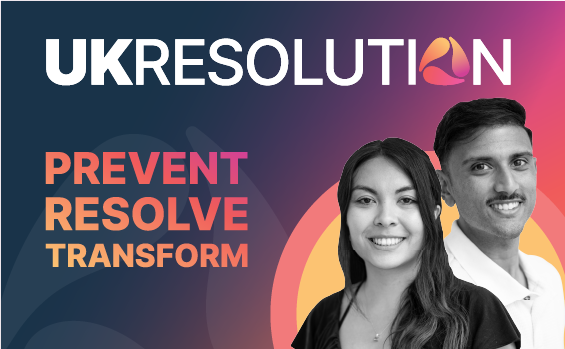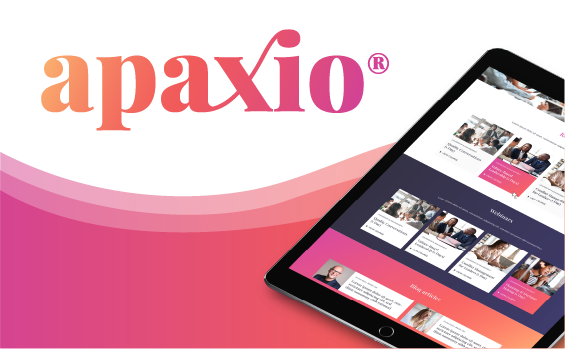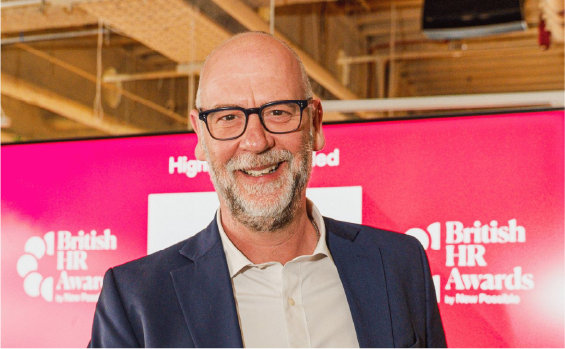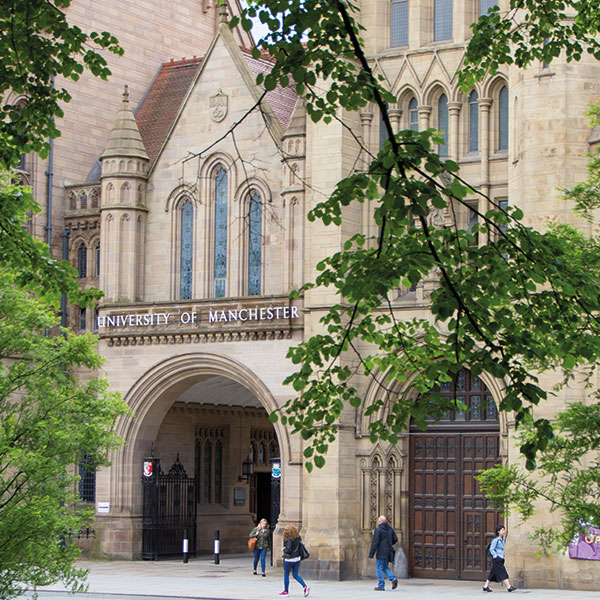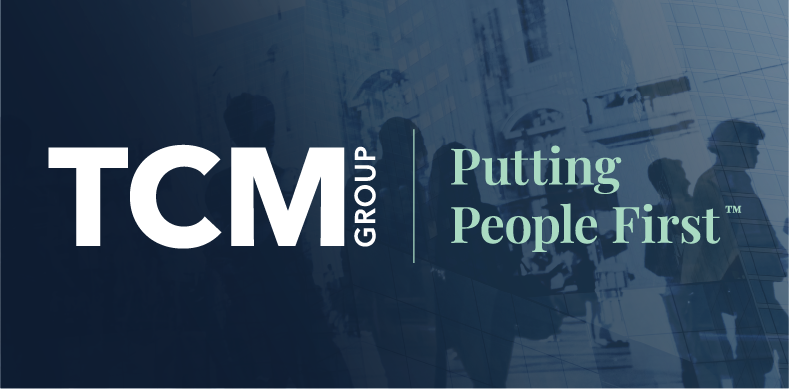The Workplace Mediation Experts
We achieve a 93% success rate using our award-winning FAIR Model™
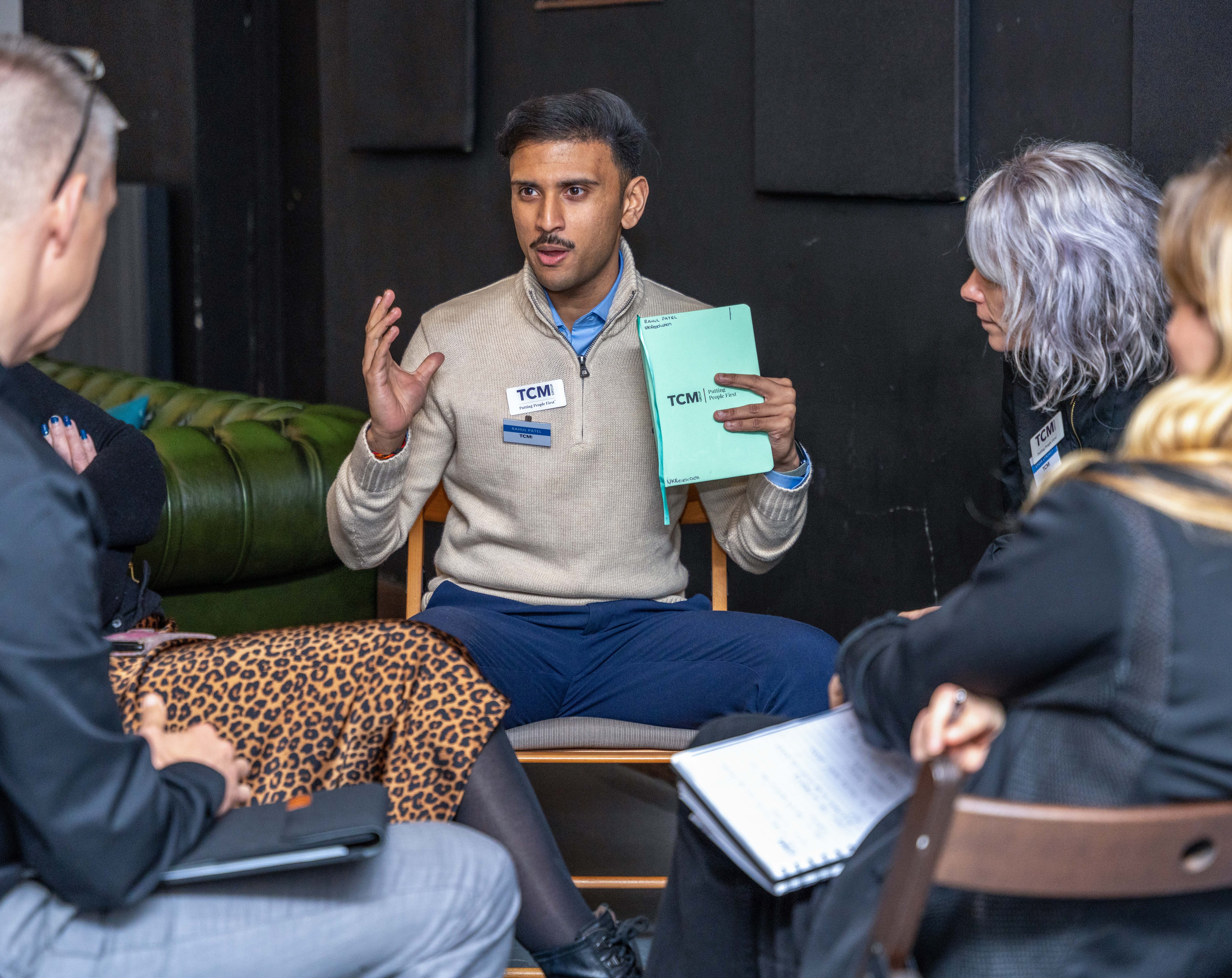
Unresolved conflicts cost organisations a huge amount of money, time and stress.
Workplace conflict costs UK businesses £28 billion annually, draining time, money, and morale. Too often, organisations default to formal litigation and grievance procedures that escalate tensions rather than resolve them.
Mediation offers a better way. Since 2001, we’ve successfully resolved 93% of disputes, transforming workplace challenges into opportunities for growth. We specialise in mediating:
- Employee and team conflicts
- Manager-employee disputes
- Allegations of bullying, harassment, or discrimination
- Boardroom and executive disagreements
- Business partner and customer disputes
- Merger and acquisition-related conflicts
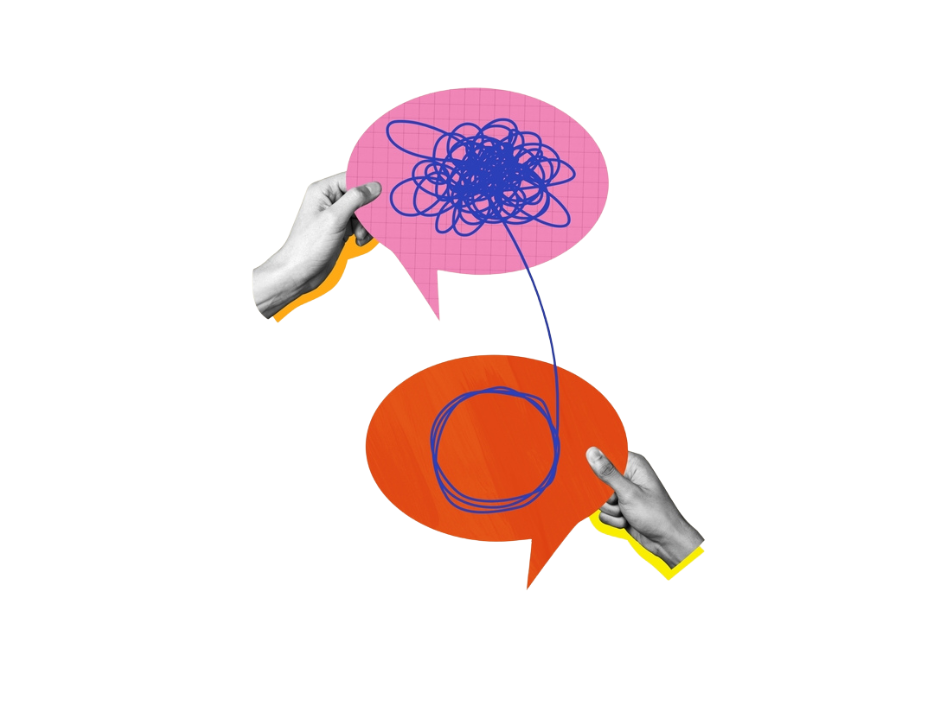
Why mediation works
Conflict can be a creative and constructive conversation, if we just know how. Mediation is a mindset and a structured framework that fosters collaboration, trust, and respect. Unlike litigation, it empowers individuals to find mutual solutions, guided by an objective, confidential mediator.
By shifting conflict from fight-or-flight to constructive dialogue, mediation restores relationships, boosts productivity, and promotes long-term workplace harmony. We’re passionate about working with you to turn workplace challenges into positive change.
Managing Conflict (CIPD/Kogan Page), authored by our CEO David Liddle, offers a comprehensive guide to the mediation process and impact of positive psychology. It’s packed with practical toolkits and real-world case studies from organisations like Tesco, Arcadia Group, The Metropolitan Police, and Capgemini.
The benefits of mediation
- It places responsibility for the resolution directly with the parties.
- It creates a safe place for all sides to have their say and be heard, with uninterrupted speaking time.
- Disputes are halted before they escalate out of control.
- Mediation reduces the stress and anxiety associated with conflict.
- It reduces the risk of litigation and costs of conflict.
- Mediation helps to cultivate a happier, healthier and more harmonious working environment.
- Creativity and innovation are revitalised, harmony is restored, and trust is re-established.
How we can help
Our mediation process: FAIR and fast
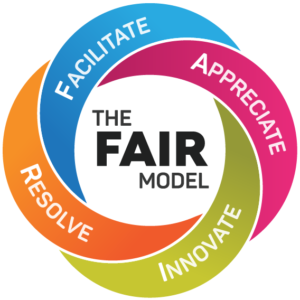
Our unique Fair Model™ works to address the root cause of the issue through a pragmatic, problem-solving approach. Mediation doesn’t waste any time. The process usually lasts for one full day, with four key steps:
- A member of the business support team will liaise to agree dates and logistics.
- The case is allocated to an expert mediation consultant.
- Both (or all) parties will be contacted for an initial introduction and opportunity to answer questions.
- During these confidential calls, we will explain the mediation process, address any concerns, and ensure that each participant feels heard and prepared for the next steps. This stage also helps assess willingness to engage in mediation and clarify expectations.
- The mediator meets each party individually to explore the past and the present of the conflict in question.
- The mediator meets the parties for a second time to prepare them for the joint meeting.
- The joint mediation meeting involves opening statements from the parties, and questions and a summary by the mediator. Parties will be facilitated in an open exchange and conversation, problem-solving and developing a resolution action plan. The mediation will close with a mutually agreed outcome.
- The mediation can take place face-to-face or online, depending on your preference.
- We check-in at regular intervals once the mediation itself is completed. This is to see how the parties are getting on with their agreements and to provide an opportunity to deliver further support, where needed.
What our customers say
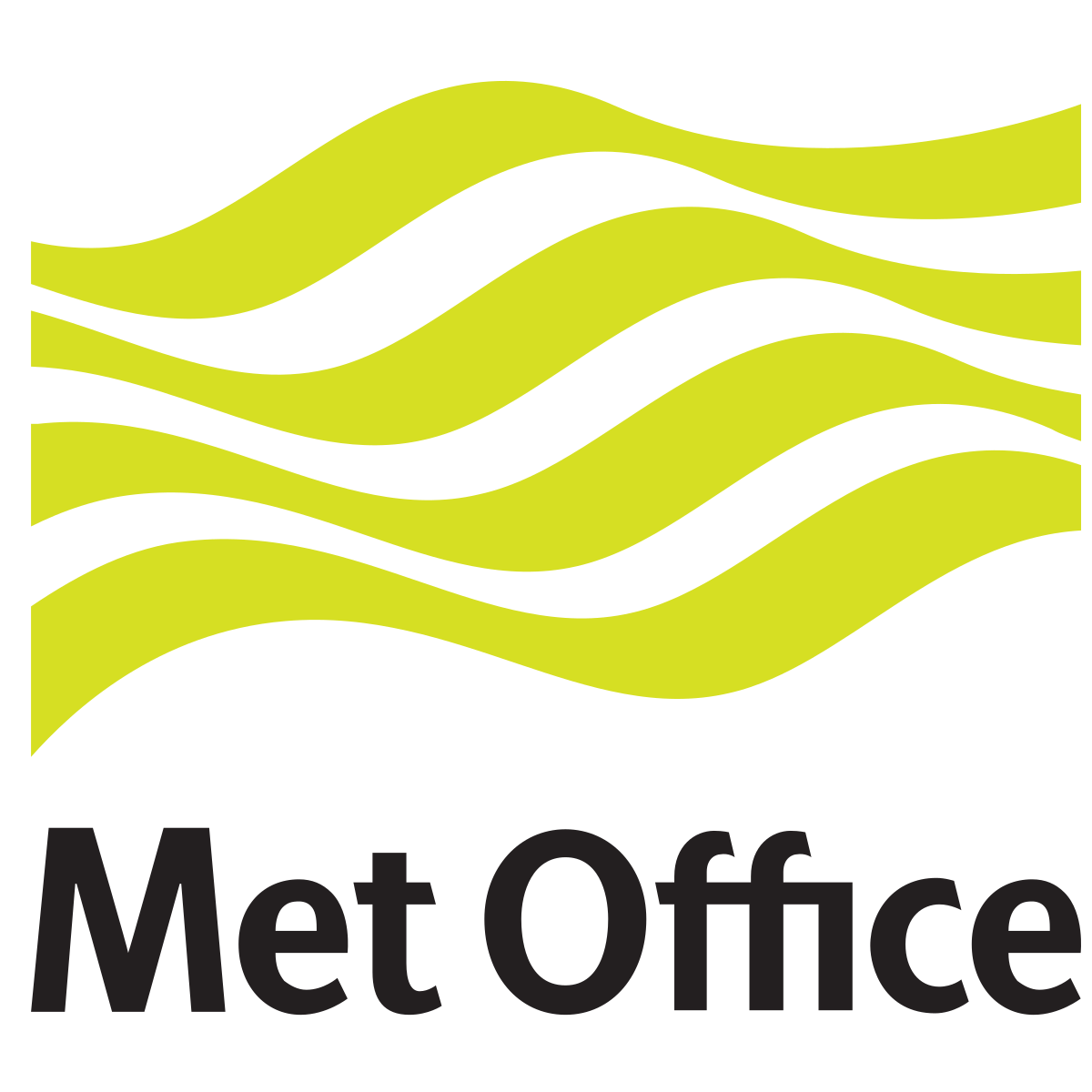
“TCM’s mediation approach worked best for us because the service offers both a quick turnaround for cases and extensive aftercare. Early intervention was needed to nip conflict in the bud.”

“We have always found TCM to be an excellent service provider of quality courses, tailored for our needs. It has been amazing to receive such a detailed, bespoke training course which successfully delivered on the brief provided.”

“I was extremely impressed by the service received by TCM, the process, structure and timelines provided clearly both to me and the candidates.”

“TCM’s cross-cultural and inclusive approach in the delivery of the course was a major factor in the successful roll-out of the course. As a result of partnering with TCM, we have been able to deliver the course to staff whose first language or national language is either French or English. This has been invaluable to us as a global organisation operating in 60+ countries.”
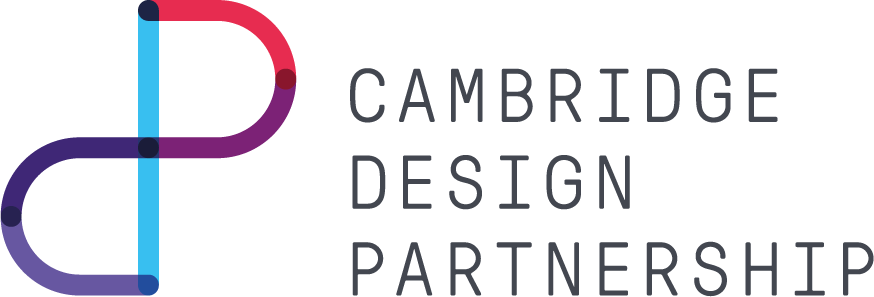
‘A very insightful, thought provoking course with excellent trainers and delegates alike. Would recommend to anyone within a People management role.’
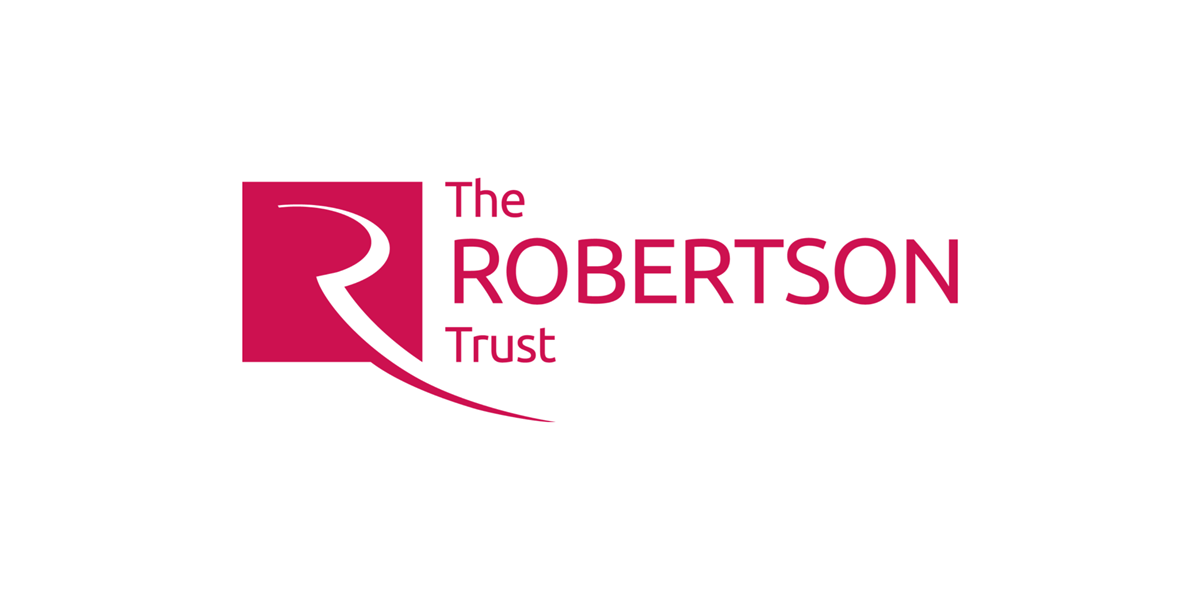
‘TCM are an inspiring organisation whom you can learn a lot from. Great customer service from start to finish. I will certainly use their services again.’

‘The mediation training is a professional and well run course, which will give you the skill needed to be a good mediator. The course is
well structured and the role play helps your learning and understanding of how mediation works. I would defiantly recommend’

Insightful course that gave useful tools and strategies to handling difficult conversations

TCM provide a deep dive into mediation skills and the opportunity to practise with a range of complex and challenging scenarios. A great learning experience. I felt properly supported by TCM tutor and my co learners and am now confident and keen to put my new skills into practise.

“Excellent starter mediation course, would highly recommend”
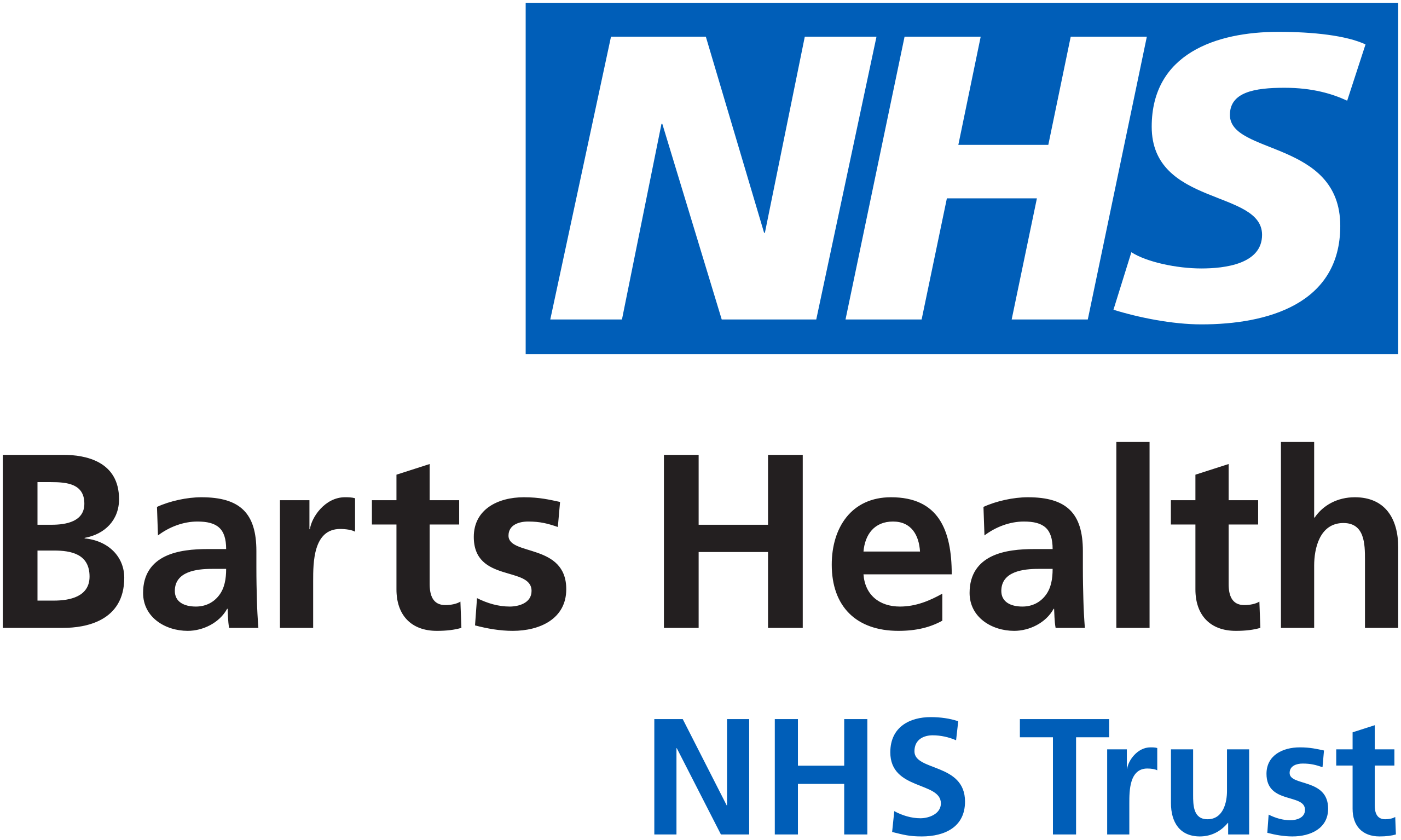
“The TCM National Certificate in Workplace Mediation course provided a thorough introduction to mediation and the skills practice to become a a novice mediator. The ongoing learning and support will help me to continue my journey to becoming a competent well practiced mediator. Thank you Andi, Cameron and TCM!”

“Fantastic course content and knowledgeable trainer that brought experiences to life. Got a lot out of the training and really appreciated it. I feel much better prepared & confident to deal with mediation going forward following the National Certificate in Workplace Mediation course.”
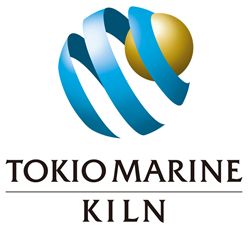
“Practical Mediation Skills is an excellent course facilitated by a highly experienced mediation practitioner, would thoroughly recommend.”

“The Practical Mediation Skills course was so full of new and really useful information for me; this has given me a lot of confidence in how to approach conflict, especially highlighting phrases to use and to avoid to ensure my own languages can support and diffuse the situation. I enjoyed the open discussions most because it was really interesting to hear different scenarios and examples, and how they relate to my own. Overall, the course was very interactive which is my preferred way of learning.”

“The HR as Coach and Mediator course was a 2-day programme supported by useful resources and insightful information from the trainer. Group sessions allowed for open discussion and debate about the topics covered.”

“Essentials of Mediation is a great course delivered in a different way that keeps you engaged and involved at all times.”

“The accredited mediation course was very informative and engaging. I have learnt so much over the course of the six days and it was well worth the effort!”

“These skills are definitely life skills which I will be able to apply when speaking to employees regarding driving issues. The skills, strategies and course literature will all provide me with the necessary prompts to become a successful mediator.”

“Although there was a lot of information given, the timing, days and pace of the National Certificate in Workplace Mediation course was just right. It must be the first course I’ve done where everybody felt positive and proud about what we had achieved individually and as a group. I can’t wait to get started.”

“For me, the mediation workshop provided a round peg to the round hole I had!”
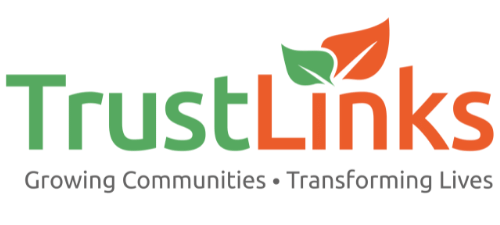
“The Practical Mediation Skills course was packed full of information, useful tips and guidance on how to start mediation sessions in the workplace. Fantastic training and support. Well worth it.”

“I undertook the TCM training for both Routes to Resolution and Mediation. I have found the course to be very informative, the trainer delivered the content in a good pace, and allowed just the right amount of time for breaks. The breakout sessions were useful and fun exercises to really get everyone thinking. I’ve certainly learned lots of new things which I’ll take away with me and put into practice as an HR professional.”

“The formulas and models were very helpful, and will support our people to make sure we truly understand what our needs are and how to overcome challenges in a practical and sustainable way. Personally, I’ll utilise my learnings to be able to flex my approach to best suit the situation and parties involved. The training was really practical, which will be a real value add in working life.”
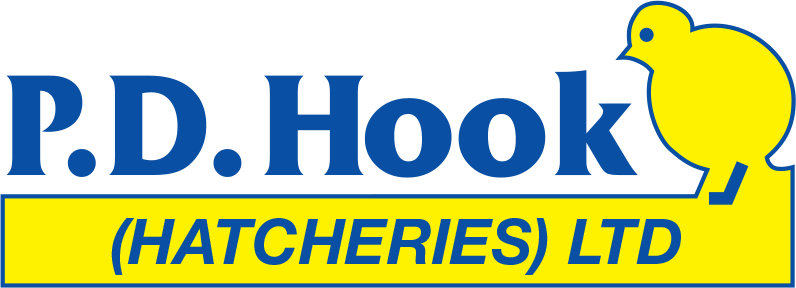
“You will not be disappointed if you book with TCM.”

“TCM are excellent and specialise in mediation services. They really are the experts in this field. I have used TCM several times and always get good results from them. David and his team always go that extra mile for you. If you do a cost-benefit analysis, TCM are able to save organisations considerable amounts of money. It is also highly rewarding to see staff working together again in a really positive way (in the majority of cases). TCM have a 92% success rate and I would not go anywhere else.”
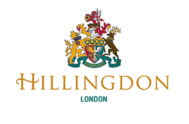
“We have been working with TCM, in order to set up an In-house Mediation Service. TCM trainers have a passion for resolving conflict & their enthusiasm both engages, inspires and energises others.”
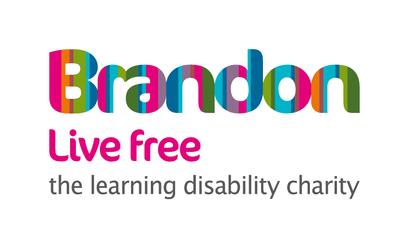
“Our managers say they can’t believe how far two people can come in just one day when things have been so bad between them for so long”.
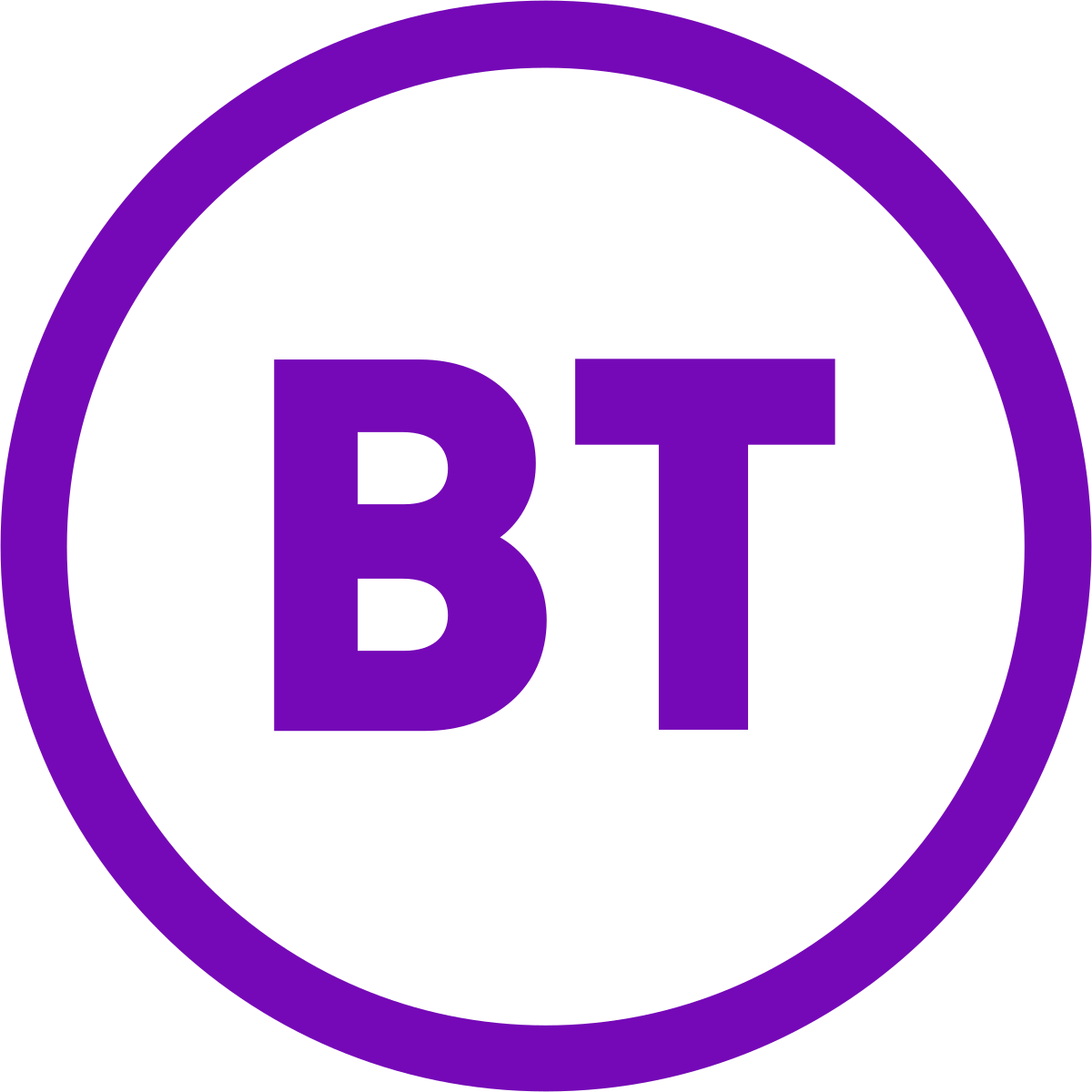
Over the past two years, mediation has made a significant contribution to our business. By working with TCM to train a team of internal mediators, we have already cut the cost of conflict by many hundreds of thousands of pounds.

“I would wholeheartedly recommend The TCM Group to anyone looking to implement mediation/resolution into their workplace. They are extremely professional, incredibly knowledgeable and very welcoming and relaxed in their approach.”

“It’s very rare to come across someone who is quite so passionate about their area of expertise. David (and the whole TCM team) have been extremely professional, knowledgeable, supportive and not to mention a little patient as we work to implement our mediation scheme in TSB. But that’s not the half of it. What is really striking is David’s absolute belief and commitment that there is a better, more human, way of resolving conflict that benefits everyone from the impacted people to the wider business – it’s completely inspiring and wherever I go in my career from this point, the resolution of conflict is something I will focus on in a way that I never would have in the past. It’s been a pleasure to work with David and the TCM team and I hope that opportunity will crop up again in the future. His book is an excellent read as well.”
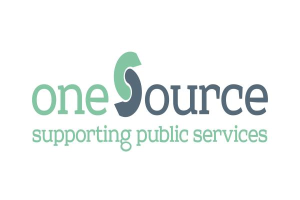
“The TCM Group are a great organisation with great people who are passionate about mediation and resolution. We have worked with TCM for over 5 years to deliver a wide range of mediation and conflict management courses and services for the local authorities that we support. We have recommended TCM’s mediation, training and consultancy services to many others and they have always been as impressed as we are.”

“Mediation is an excellent and sustainable form of conflict resolution. The course was intense, educational, well-structured and most of all fun. I particularly liked the mixture of different learning styles that was presented by both trainers and I most certainly feel able to start mediating straight away!”
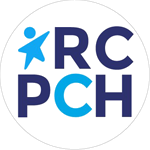
“Just a quick line to thank TCM for the recent mediation service provided to RCPCH. A very successful day and working relationships improved enormously. I have always believed in restorative processes and the service offered by TCM really is excellent and evidences that this this really is the right approach to resolving conflict.”
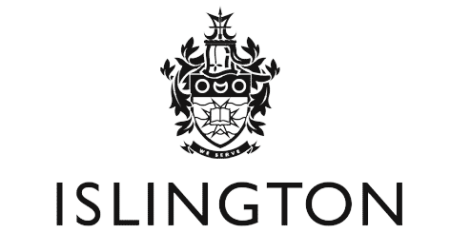
“A very successful meeting, very constructive and explored all of my concerns. I felt listened to and was able to voice any issues that I had wanted to raise. A very positive outcome was reached.”

“I am very satisfied with the outcome. The mediator explained things well and the mediation was very well structured.“

“The mediator was wonderful – I would strongly recommend TCM to anyone who is experiencing workplace conflict. Thanks to HR for funding this process – it was remarkably helpful.”

“Managers tell me it’s definitely a worthwhile thing to do. As they trust the process and see what can come out of it, more and more are saying “What about mediation?”
“A lot of the principles of mediation are about common sense and disagreements in the workplace often start out as simple misunderstanding.”
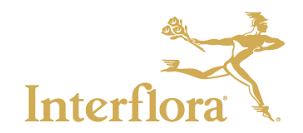
“The mediator listened carefully to my views and acted in a very professional manner. I was very happy with the mediator’s approach and outcome as she helped us to identify and evaluate a variety of constructive options.”

“The TCM Model for effectively and efficiently managing workplace conflict can apply to almost any conflict or dispute. We know that feelings, needs, voice and choice underlie virtually every conflict or dispute. The TCM Model focuses on these and other elements. Applying this well thought out approach enlightens and empowers participants as they navigate their way forward while learning to avoid the inflaming effects of blame and shame.”

“I have had the best experience with TCM, and I will be recommending TCM to colleagues interested in mediation.”
You might also be interested in:
Mediation FAQs
Mediation Services Enquiry
We would love to hear from you!
We are available to answer any questions you may have about our expansive range of services and courses. If would prefer to drop us an email, please click here.
